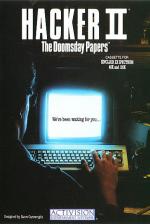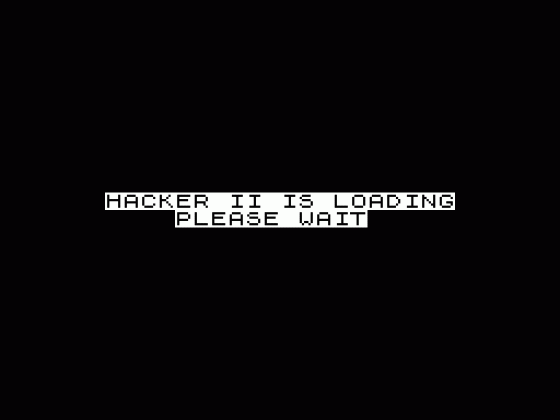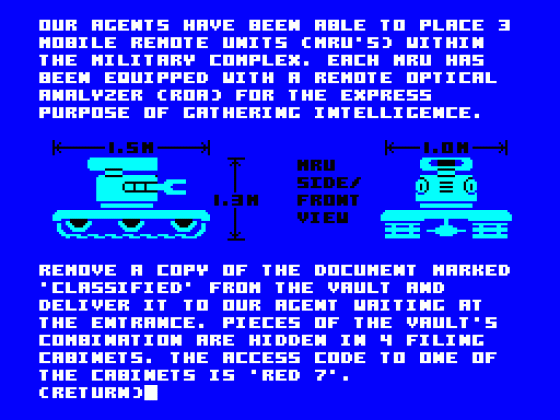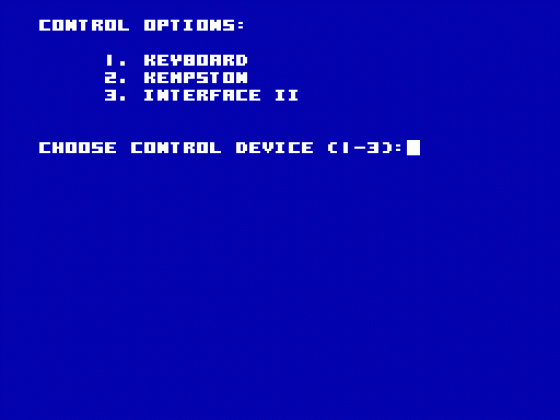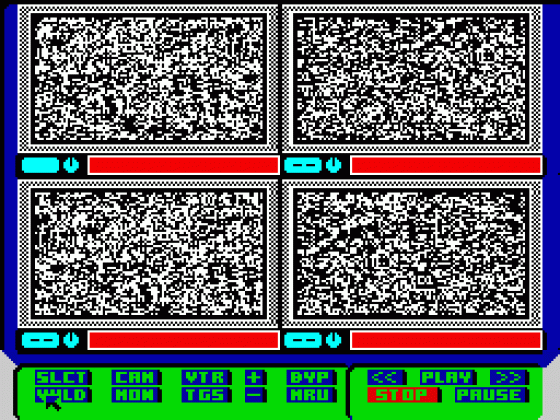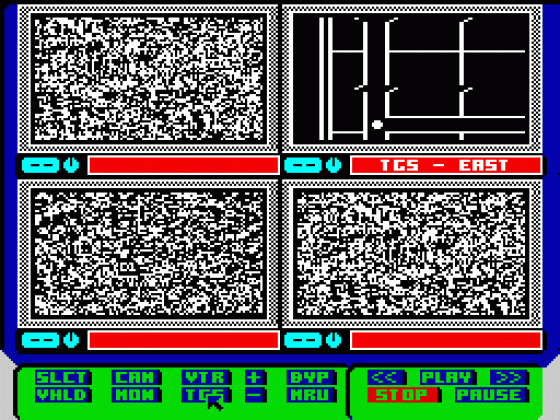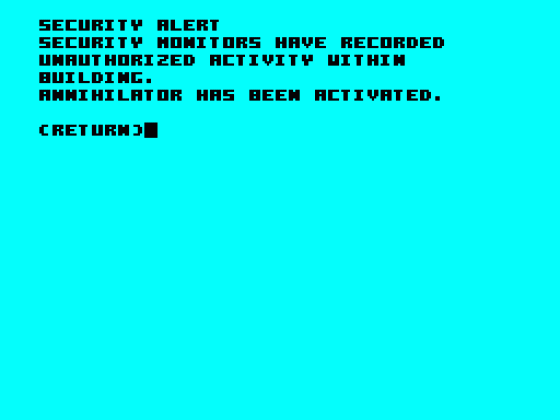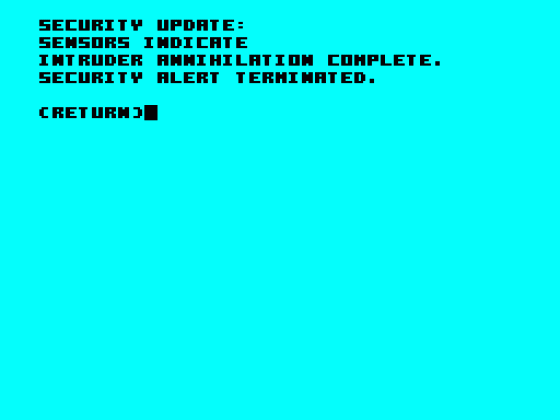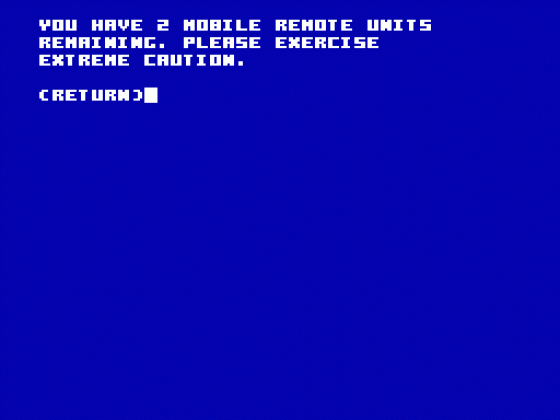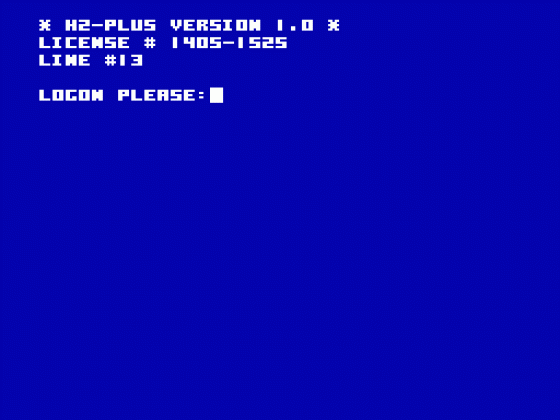Other Reviews Of Hacker II: The Doomsday Papers For The Spectrum 48K
Hacker II (Activision)
A review by Ben Stone (Crash)
Hacker II: The Doomsday Papers (Activision)
A review by Gwyn Hughes (Your Sinclair)
Hacker II: The Doomsday Papers (Activision)
A review by John Gilbert (Sinclair User)


 1st April 1987
1st April 1987